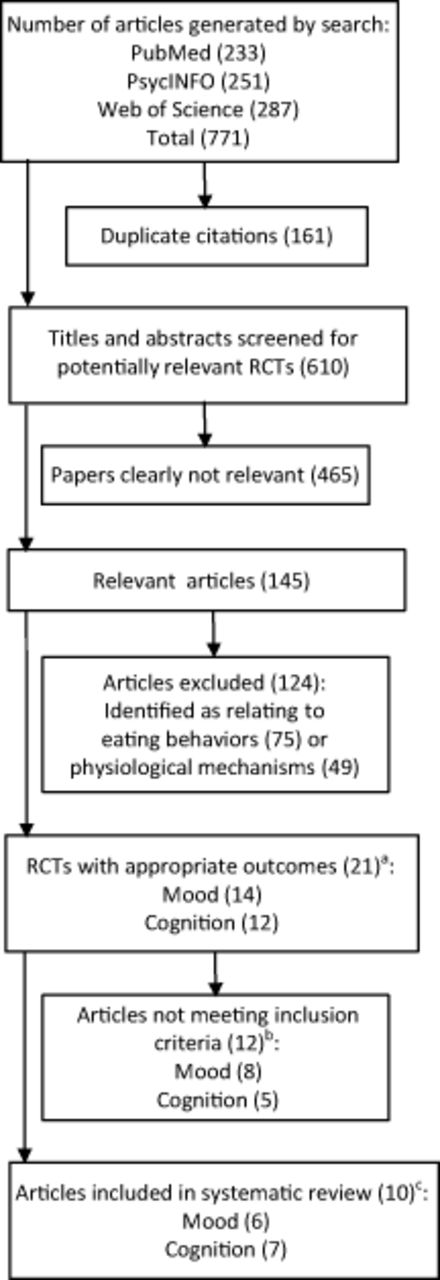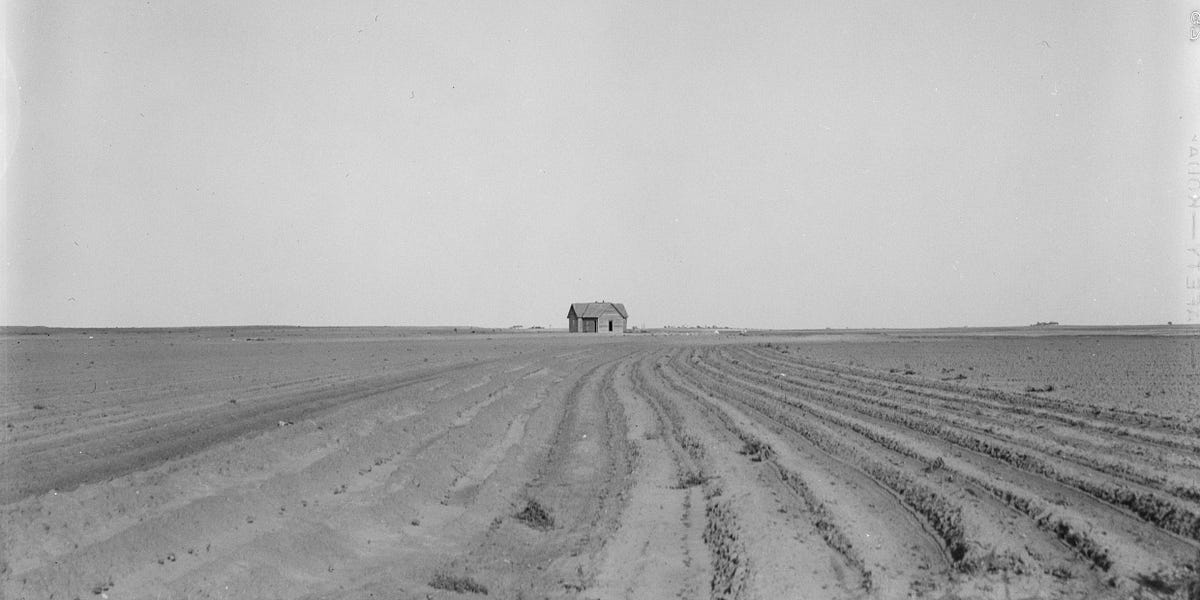
Effects of chocolate on cognitive function and mood: a systematic review
Andrew Scholey, Lauren Owen, Effects of chocolate on cognitive function and mood: a systematic review, Nutrition Reviews, Volume 71, Issue 10, 1 October 2013, Pages 665–681, https://doi.org/10.1111/nure.12065
A systematic review was conducted to evaluate whether chocolate or its constituents were capable of influencing cognitive function and/or mood. Studies investigating potentially psychoactive fractions of chocolate were also included. Eight studies (in six articles) met the inclusion criteria for assessment of chocolate or its components on mood, of which five showed either an improvement in mood state or an attenuation of negative mood. Regarding cognitive function, eight studies (in six articles) met the criteria for inclusion, of which three revealed clear evidence of cognitive enhancement (following cocoa flavanols and methylxanthine). Two studies failed to demonstrate behavioral benefits but did identify significant alterations in brain activation patterns. It is unclear whether the effects of chocolate on mood are due to the orosensory characteristics of chocolate or to the pharmacological actions of chocolate constituents. Two studies have reported acute cognitive effects of supplementation with cocoa polyphenols. Further exploration of the effect of chocolate on cognitive facilitation is recommended, along with substantiation of functional brain changes associated with the components of cocoa.
Chocolate originates from Mexico, where an ancient tribe called the Olmecs (1200 bc to 300 bc) were the first to domesticate the plant and use the beans. The Olmecs had a name for these bitter seeds to which secrets of health and power were ascribed: “kakawa,” or “cacao.” Cocoa became an integral part of the mythology and culture of the Mesoamerican civilizations and was regarded as a gift of the gods. The Mayans worshiped a goddess of chocolate/cocoa named “Ixcacao” and were the first civilization to cultivate cocoa plantations in the lowlands of the southern Yucatan Peninsula around ad 600. The Toltecs emerged to challenge the empire of the Mayans and also saw cacao as a divine gift, believing the god Quetzalcoatl had given the bean to humans and taught them how to cultivate it. This legend continued centuries later into the age of the Aztecs. Chocolate, considered an aphrodisiac, was available only for special occasions and for those with wealth and power. Cocoa trees were being grown by the Aztecs of Mexico and the Incas of Peru when the Europeans discovered Central America in the 1520s. At that time, chocolate, mixed with vanilla and sugar, was introduced by the early Spanish explorers to Europe, where it was consumed as a drink. There, too, chocolate was reserved for the nobility. Eventually, because of its high cost, chocolate as a beverage was displaced by coffee and tea. The introduction of the “dutching” process, which removed some of the more bitter flavors of cocoa, and, in the late 1820s, the application of the industrial press to the manufacture of cocoa products led to solid chocolate becoming a favorite confection in Europe and, subsequently, in North America. Although today cocoa is harvested primarily in West Africa, Indonesia, and Sri Lanka, the consumption of chocolate as a confection is widespread in most developed countries, with consumption being highest in Europe and the United States. 1

















